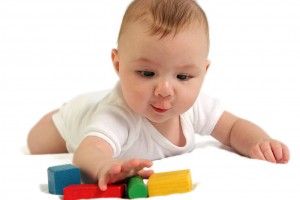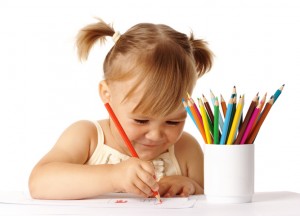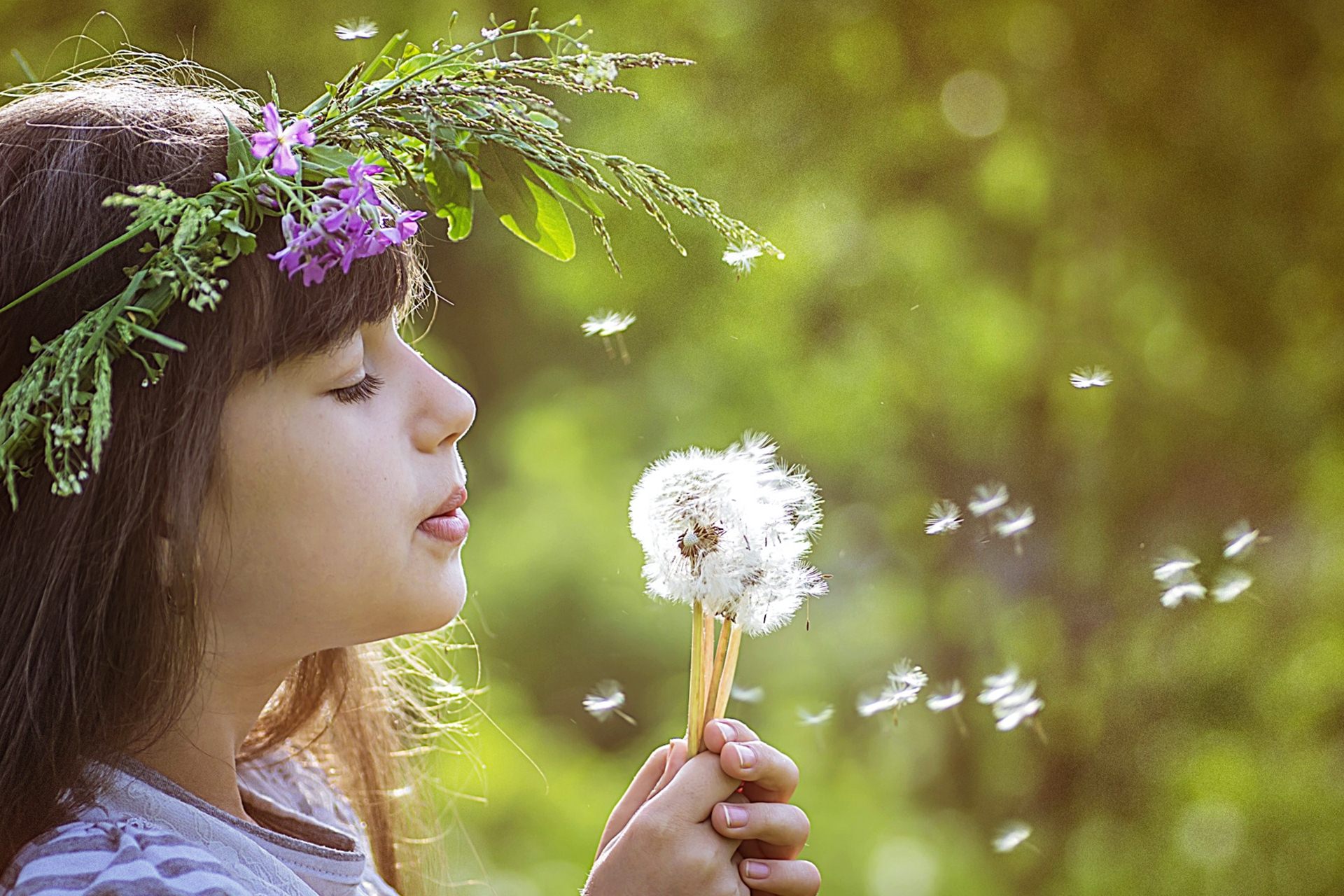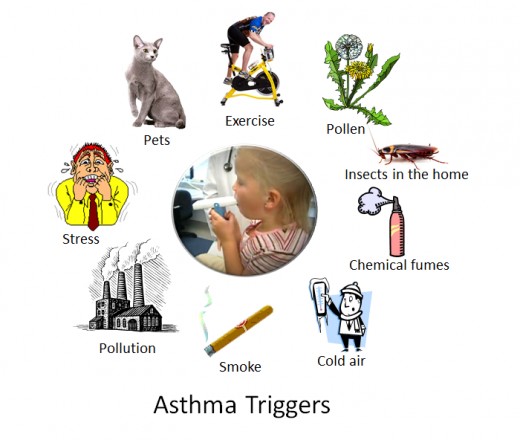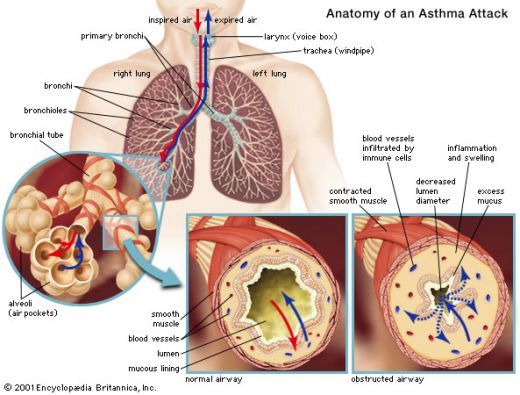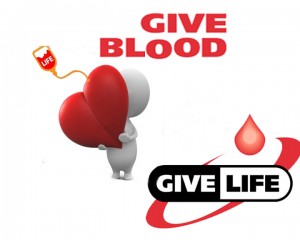Attention Deficit Hyperactivity Disorder (ADHD) is a neurological condition that involves problems with inattention and hyperactivity-impulsivity that are developmentally inconsistent with the age of the child.
अटेंशन डेफिसिट हाइपर-एक्टिव डिसऑर्डर ADHD अर्थात ध्यान अभाव सक्रियता विकार अधिकांश बच्चों में होने वाली सामान्य समस्या है, जिसमे बच्चों की ध्यान एवं एकाग्रता प्रभावित होती हैं. ADHD एक मस्तिष्क सम्बन्धी विकार है जो बच्चों की कार्य क्षमता को प्रभावित करती है. कुछ केसेस में बच्चों में यह अतिचंचलता एवं आवेग के रूप में भी दिखाई देती है.

ADHD is a function of developmental failure in the brain circuitry that monitors inhibition and self-control. This loss of self-regulation impairs other important brain functions crucial for maintaining attention, including the ability to defer immediate rewards for later gain.

ADHD सिर्फ एकाग्रता को प्रभावित करने वाला डिसऑर्डर नही है अपितु इस अवस्था का कारण मस्तिष्क के उन भागों का निषेध हो जाना है जो की किसी भी क्रिया के अंतर्गत स्वयं के शरीर को नियंत्रित करते हैं. सेल्फ-रेगुलेशन मैकेनिज्म के इस लॉस के कारण मस्तिष्क के अन्य भागों का फंक्शन भी बिगड़ जाता है, परिणामस्वरूप व्यक्ति की ध्यान केंद्रित करने की क्षमता कम हो जाती है.
Children with ADHD typically exhibit behavior that is classified into:
1. Combined type (inattentive/hyperactive/impulsive). Children with this type of ADHD show all three symptoms. This is the most common form of ADHD.
2. Hyperactive/impulsive type. Children show both hyperactive and impulsive behavior, but for the most part, they are able to pay attention.
3. Inattentive type. Formerly called attention deficit disorder (ADD). These children are not overly active. They do not disrupt the classroom or other activities, so their symptoms might not be noticed.
ADHD बच्चों की कुछ विचित्र क्रियाएँ इस प्रकार होती हैं:
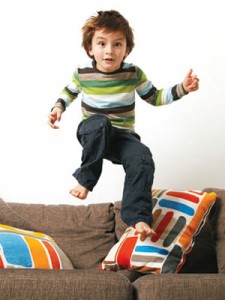
– निरंतर इधर-उधर घूमते रहन
– बैचेनी एवं कुलबुलाहट
– एक ही स्थान पर अधिक देर तक स्थिर नही बैठना
– बात नही सुनना
– व्याकुल रहना
– अत्यधिक बोलना/ज्यादा बातें करना
– दुसरो के कार्यो में व्यवधान उत्पन्न करना
ध्यान-एकाग्रता की कमी के लक्षण :
निर्देशों को याद रखने में परेशानी
बात करते समय इधर-उधर देखना
किसी भी कार्य से जल्दी बोर हो जाना
कोई भी एक्टिविटी बीच में ही करना छोड़ देना
किसी भी एक्टिविटी की डिटेल्स को समझ नही पाना
बारम्बार समझने पर भी गलतियां करना
व्यवस्थित काम नही करना

Symptoms of problem in Attention are:
Doesn’t pay attention to details
Makes careless mistakes
Has trouble staying focused; is easily distracted
Appears not to listen when spoken to
Has difficulty remembering things and following instructions
Has trouble staying organized, planning ahead, and finishing projects
Gets bored with a task before it’s completed
अतिचंचलता (हाइपर-एक्टिविटी) के लक्षण :
अनावश्यक रूप से हमेशा इधर-उधर घूमना
खेलते समय ज्यादा शोर करना
बात बात में गुस्सा होना
चिड़चिड़ापन
बैचेन और व्यग्र प्रतीत होना
रिलैक्स नही करना
ज्यादा बातें करना/लगातार बोलते रहना

Symptoms of Hyper-activity:
Constantly fidgets and squirms
Often leaves his or her seat in situations where sitting quietly is expected
Moves around constantly, often runs or climbs inappropriately
Talks excessively
Has difficulty playing quietly or relaxing
Is always “on the go,” as if driven by a motor
May have a quick temper

Although toddlers and preschoolers, on occasion, may show characteristics of ADHD, some of these behaviors may be normal for their age or developmental stage. These behaviors must be exhibited to an abnormal degree to be identified as ADHD.
Both types of children with ADHD may be less cooperative with others and less willing to wait their turn or play by the rules. Their inability to control their own behavior may lead to social isolation. Consequently, the children’s self-esteem may suffer.
Through different therapies, an ADHD will also lead a normal life.
Dr.P Pathak
www.swavalambanrehab.com






